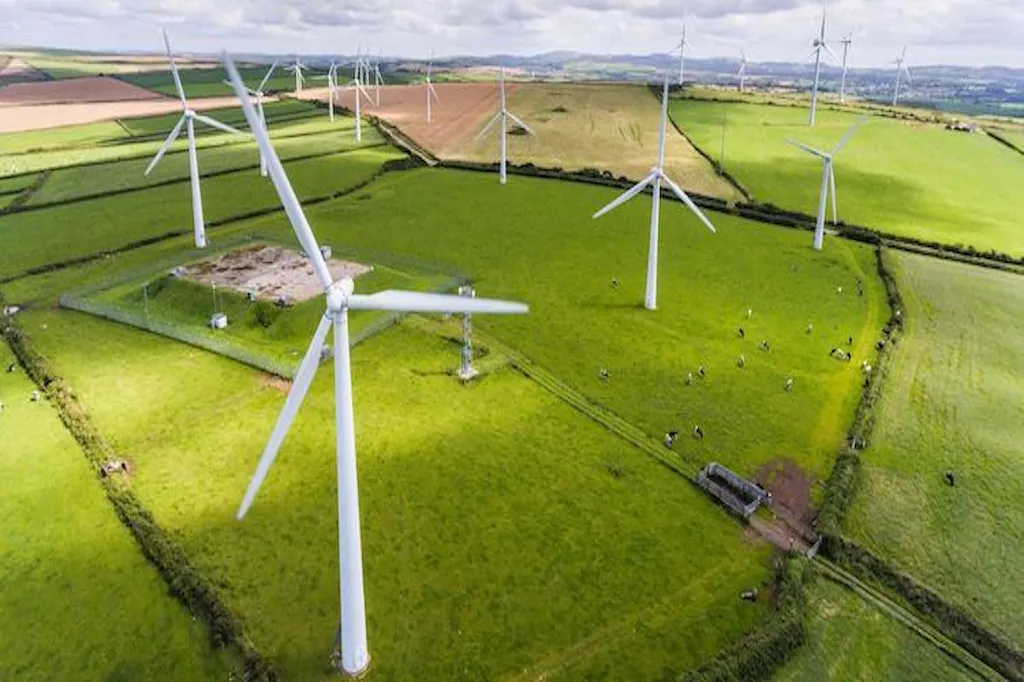In the rapidly evolving landscape of renewable energy, wind power stands as a beacon of sustainable electricity generation. However, as grids grow more complex and demands on stability increase, wind turbines must adapt to meet new regulatory standards. A recent study published in the journal *Control and Automation* (Kongzhi Yu Xinxi Jishu) sheds light on a critical advancement in this arena: enhancing the Low Voltage Ride Through (LVRT) capability of direct-drive wind turbines. Led by Zhang Xianping, the research offers a promising solution to a pressing challenge in the energy sector.
The study focuses on the integration of Crowbar protective circuits into direct-drive wind turbines, a technology that has garnered attention for its potential to bolster grid stability. “By adding Crowbar protective circuits, the LVRT capability of direct-drive wind turbines can be greatly improved,” Zhang Xianping explains. This enhancement is crucial as modern grids require wind turbines not only to withstand voltage sags but also to provide reactive power compensation during such events.
The research delves into the working principles and implementation approaches of these protective circuits, with a particular emphasis on a strategy involving DC-link unloading resistance. Simulations conducted as part of the study reveal that this approach offers a cost-effective and reliable solution. “The simulated result shows that this scheme has the advantages of low cost and high reliability,” Zhang notes, highlighting the dual benefits of affordability and performance.
The implications of this research extend beyond theoretical advancements. As grids worldwide strive to integrate more renewable energy sources, the need for robust and adaptable wind turbines becomes increasingly apparent. The findings could pave the way for more resilient wind power systems, capable of supporting grid stability even under adverse conditions. This, in turn, could accelerate the adoption of wind energy, contributing to a more sustainable energy mix.
Moreover, the study’s focus on cost-effectiveness is particularly noteworthy. In an industry where economic viability often dictates the pace of technological adoption, solutions that balance performance and affordability are invaluable. The research suggests that enhancing LVRT capability need not come at a prohibitive cost, making it an attractive proposition for wind farm operators and grid managers alike.
As the energy sector continues to evolve, innovations like those detailed in Zhang Xianping’s study will play a pivotal role in shaping the future of wind power. By improving the LVRT capability of direct-drive wind turbines, this research not only addresses current regulatory demands but also sets the stage for more advanced and reliable wind energy systems. The journey towards a sustainable energy future is fraught with challenges, but with advancements like these, the path becomes increasingly clear.

